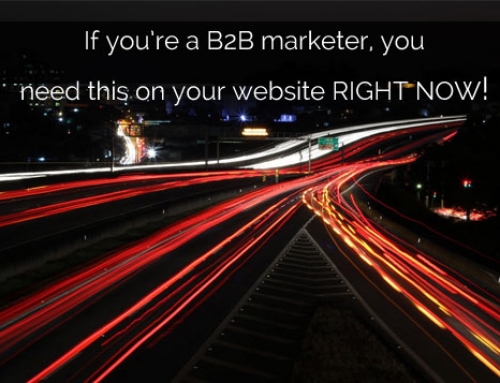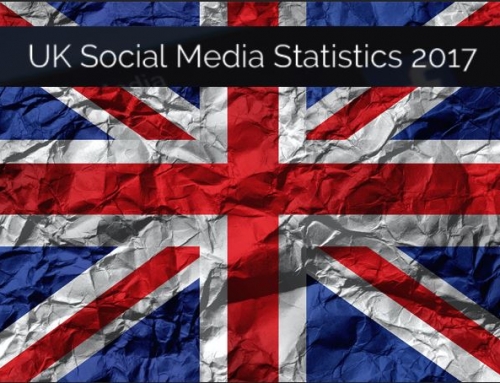*Almost everybody. Click-drones in spam-farms and obsessive seekers after vast networks of people who don’t care about them, don’t count.
** Maybe “hates” is too strong a word, but definitely “finds it yawnsome” / “irritating” / “a chore”…..
There’s a statistic that we’ve long since lost the source for (Socialnomics?! possibly..) saying that for a third of women in the 18-34 age group, the first thing they do in the morning is check Facebook. They wake up, and immediately reach for the smartphone, thinking “I must catch up with what my friends have been up to in the eight long hours i’ve been asleep”.
Whatever your views about whether this is a good thing, there’s no denying that it’s a good thing for Facebook. At least for a section of the world, Facebook have got the formula so right that it’s the first thing they think about each day.
Now contrast that with LinkedIn. In a highly unrepresentative poll of people who happened to be nearby when this post was being written, here are the top 3 reasons why people most recently visited LinkedIn:
1. Trying to find something almost legitimately work related to do in order to put off doing something even duller
2. To switch off those darn endless email notifications
3. To update their profile because they’re about to finish a contract / get fired.
Not exactly the stuff of dreams, is it? LinkedIn is in danger of becoming synonymous with irritation: irritation at “having” to maintain a presence there (rather than wanting to because it’s valuable), irritation at declining the 20th auto-worded connection invite from a stranger that month, irritation at the lack of decent discussion in Groups and / or flooding with irrelevant blog links from the “look at MEEE!” types. And that’s before we get on to the endless invitations to experience the thrill of LinkedIn Premium for FREE!
We got a bit excited a while back when LinkedIn showed signs of becoming more than a CV-repository on steroids, but we have to say, the social side is still leaving us cold – and that seems to be the case for most people we speak to. Very few people admit to finding LinkedIn an enjoyable, effortless way to maintain professional relationships and solve real problems. It should be so much better than it is.
So, below are our suggestions for some simple, and not so simple, ways that this could be changed. What do you think? Would they work for you?
One: Fix the utterly dull and useless LinkedIn Home Page feed.
The Home Page feed is, frankly, deeply unengaging. It’s the stuff that the Facebook News Feed team would call “bottom of the barrel updates” – “someone you’ve never heard of joined a group you’re not interested in“.
One simple thing that would make the Feed instantly useful: Active and popular threads in the groups you belong to should be the #1 item prioritised into the Home Page feed, alongside genuine updates from your contacts. Surely this is the most no brainer suggestion in the history of the world? LinkedIn is struggling for social “stickiness”, but still chooses to ignore the obvious area where it could be helpful.
For the life of me, i can’t understand why this isn’t already the case. Even setting the Home feed filter to “Groups” just brings you a bunch of irrelevant rubbish about how people you’ve never heard of have joined one of your groups, or people you have heard of have joined a group you don’t care about. Just bizarre. At least if you could see, at a glance, where the action is (and isn’t) in the groups you’re a member of, that would be useful.
The “Pulse” news section also needs a lot of work – it’s rarely relevant, and very US biased. Some kind of quality control on the sponsored posts would be great, too – i’ve lost count of the number of times i’ve had posts which are not just dull, but also badly written to the point of unintelligibility. With apologies to the firm in question, this is today’s offering – I didn’t have to look hard for it, just logged on and hey presto! a post apparently written by a random word generator.
Two: Encourage people to be themselves…just a little bit more.
Status updates on Facebook are easy. Sometimes too easy, for the natural oversharers amongst us. LinkedIn updates, less so.
Seen a great article on The Economist or Harvard Business Review? Tick, everyone feels confident about sharing that. Update about challenges you’re facing in your professional life? Er, no. The thing is though, most of the people who care about the HBR article will already have seen it, and hey, HBR is so much better at being HBR than you are. It’s a “safe” update, but the value to your contacts is low.
But imagine if the culture on LinkedIn changed, so that instead of presenting the fake, shiny, go getting versions of our professional selves, people were a little more candid and authentic. Being brave enough to give people an insight into the not-so-perfect stuff you face at work, admit to challenges and look for support, could turn LinkedIn into a fantastic resource. Yes, some do that on Facebook – but while your Auntie Maud might be great at telling you how talented you are, aren’t the people in your professional network better placed to help you actually solve problems?
Three: Kill off the mindless contact collectors
Certain functions in LinkedIn tend to promote quantity over quality when you’re making connections. For example, you’re theoretically more visible in the internal search engine if you have more connections, and have a higher chance of seeing others’ full profiles (though there’s a loophole for that). This is all wrong.
Imagine how low the chances of your Facebook or Twitter feed being fascinating would be if you just friended or followed a couple of hundred random people who you’d never had a discussion with in your life? Personalisation and relevance is the lifeblood of social media, and connecting indiscriminately kills it.
A random set of impersonal contacts also further reduces the chances of you being candid (and therefore interesting) and getting value back from your network. So LinkedIn are entirely shooting themselves in the foot here. They’d be much better encouraging everyone to choose their most influential / supportive / knowledgeable contacts, however that is done – hell, just limit everyone to 50 and be done with it. Or make search visibility dependent on the proportion of your connections you’ve interacted with in the last 6 months. Whatever – but something needs to change.
Four: Dump the endorsements
It’s obvious why LinkedIn introduced these – some nice bait for people to log in, and a catchy “hot or not” style interface that just keeps you clicking away, spraying endorsements over your connections like champagne on a Formula One podium. But really they just add to the superficial, spammy feel of the site – you know you’ve just endorsed someone you barely know for Brain Surgery despite having no idea whether they’re any good or not. So why would you trust the endorsements on anyone else’s profile? If you really rated someone, you’d take the time to write a proper Recommendation, wouldn’t you.
A little disclaimer…
I should point out here that we’re not suggesting LinkedIn has no value; it does, if only as a public (and therefore more credible and verifiable) source for checking out companies and professionals, and (hopefully) maintaining good connections. There are even some genuinely well run and useful Groups out there, although they are few and far between and LinkedIn does them no favours in surfacing their content to users.
But what we are suggesting is that, for the most part, it’s not lovable. It’s missing that seamless ability to draw you in that the other big social media sites have.
What do you feel about LinkedIn? Could you imagine ever loving it? What improvements would help? Personally, I’m off to do some serious pruning on my Connections as a starting point – I might look like Billy No-Mates by comparison with the Contact Collectors, but at least I won’t keep getting LinkedIn Mails about life insurance from strangers.





Leave A Comment